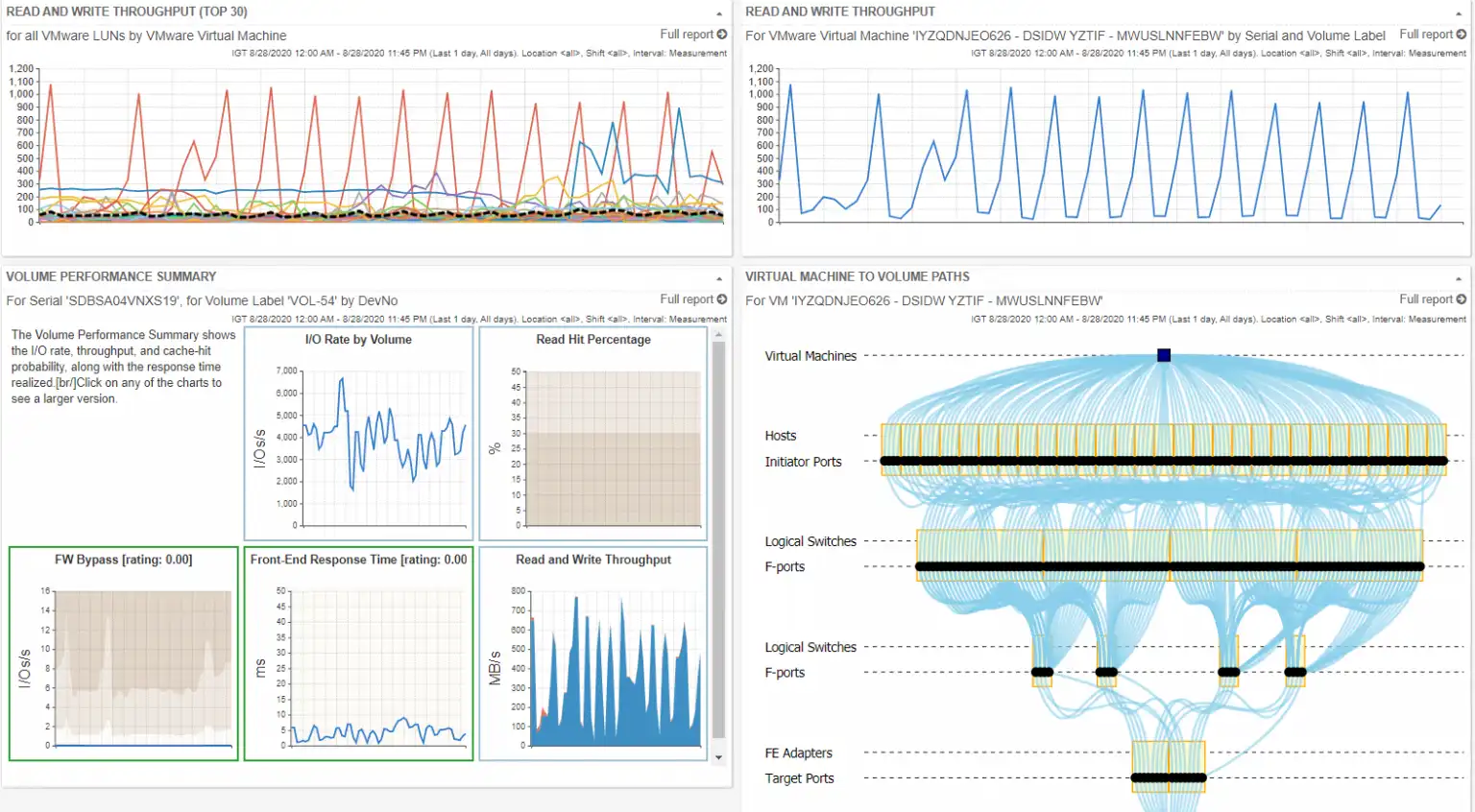Is your company silo’d? Almost every large organization that I have worked for or with has been composed of many silos. This is true of almost any IT organization, and the bigger the organization, the more deliberate and well-defined the silos are.
Silos have the benefit of grouping logical functional areas within the larger organization in order to provide deep and comprehensive support. However, functional silos also tend to stifle creativity, innovation, understanding, and empathy.
IT Infrastructure Silos
One common IT infrastructure silo is the performance and capacity team. The performance and capacity team’s role is to ensure sufficient capacity is available to maintain service level agreements (SLAs) for various applications and their associated lines of business. They often provide consumption related measurements to the business application teams for internal showback or chargeback. Because their role spans organizations, they are uniquely positioned to bridge the silos between the application teams and the infrastructure teams.
4 Steps to Improve Application and Infrastructure Team Collaboration
What does collaboration between application and infrastructure teams look like in your organization?
Collaboration requires two different parties to have an interactive experience. If it is just one group sending canned reports to another group, then it is not collaboration but rather just unilateral communication.
What can help move these teams from unilateral to collaborative communication?
1. Establish Regular Cadence of Information Sharing
The goal is not to make the application teams world class infrastructure experts. The goal is to help application owners understand how their workloads affect the operational environment and to identify ways in which changes such as scheduling optimization and infrastructure configuration can reduce costs while meeting the performance requirements of the users.
2. Map Key Lines of Business to Applications
Create a high-level document that maps the key lines of business to their supporting applications (especially revenue applications).
Document any SLAs and dependencies for those applications. Help the infrastructure teams understand the importance of each application and how it impacts the business revenues. This creates mission clarity across the organization and creates empathy amongst the various support teams. The SLAs will drive what metrics are important:
- Is response time of xyz transaction the most important or
- Is throughput (transactions / second) of xyz transaction the most important
3. Organize Infrastructure Reporting by Application or Line of Business
The information should contain:
- Application or line of business names
- Key metrics from an application point of view
- Key health and performance metrics for the related infrastructure so that risks can be identified and mitigated.
- Identify areas where costs can be reduced through efficiencies in the application, infrastructure configuration or scheduling.
4. Share Information Through Live Interactive Dashboards
Leverage live interactive dashboards to facilitate regular communication between the application or lines of business and the infrastructure teams. Share the information, encourage questions, dialogue.
Improve Team Cooperation and Collaboration
There are many IntelliMagic customers that have taken these steps and benefitted from improved cooperation and communication between the application teams and the infrastructure teams.
The effective use of IntelliMagic Vision’s interactive user interface and dashboards has enabled them to spend less time preparing for meetings and more time working together to analyze and resolve performance issues. It has also provided the lines of business with an understanding of how workloads impact systems and drive costs.
It has also helped the infrastructure team understand why the applications behave the way they do. Together they are coming up with creative solutions to improve the business operations.
Do you believe this is possible in your IT organization? Find out how to improve collaboration with IntelliMagic Vision.
This article's author
Share this blog
Subscribe to our Blogs
Subscribe to our newsletter and receive monthly updates about the latest industry news and high quality content, like webinars, blogs, white papers, and more.
Related Resources
The Total Economic Impact of IBM Z IntelliMagic Vision for z/OS
Discover the benefits of IBM Z IntelliMagic Vision for z/OS. Watch the webinar for insights on cost savings, risk reduction, and ROI.
A Mainframe Roundtable: The Leaders | IntelliMagic zAcademy
Join industry leaders as they discuss the evolution of mainframes, sharing personal experiences, challenges, and future insights, along with practical advice from their careers in the Z ecosystem.
Integrating Mainframe Resource Consumption into the Business | IntelliMagic zAcademy
Discover how to apply FinOps in the mainframe ecosystem to better align IT resources with business objectives, optimizing costs and decisions.
Book a Demo or Connect With an Expert
Discuss your technical or sales-related questions with our mainframe experts today


 Brett Allison
Brett Allison